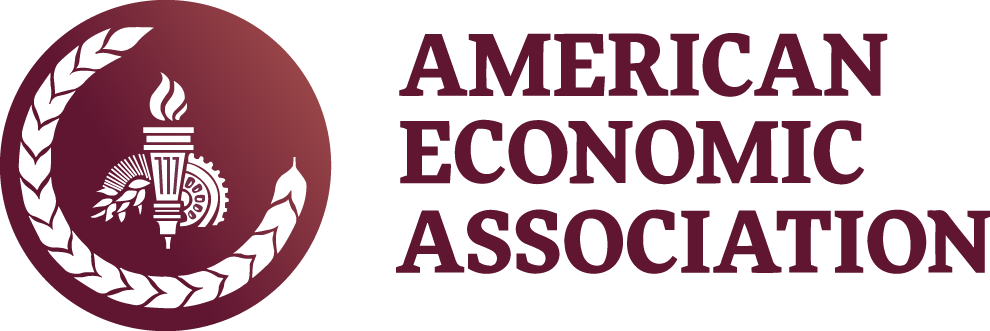Data and Code for: Independent Media, Propaganda, and Religiosity: Evidence from Poland
Principal Investigator(s): View help for Principal Investigator(s) Irena Grosfeld, Paris School of Economics; Etienne Madinier, Paris School of Economics; Seyhun Orcan Sakalli, King's College London; Ekaterina Zhuravskaya, Paris School of Economics (EHESS) and CEPR
Version: View help for Version V1
| Name | File Type | Size | Last Modified |
|---|---|---|---|
| Data | 01/20/2024 07:13:AM | ||
| Figures | 01/18/2024 02:54:PM | ||
| Maps | 01/18/2024 02:56:PM | ||
| Scripts | 01/20/2024 07:23:AM | ||
| Tables | 01/18/2024 02:52:PM | ||
|
|
application/pdf | 441.4 KB | 02/29/2024 07:37:AM |
Project Citation:
Project Description
Scope of Project
L82 Entertainment; Media
P00 Economic Systems: General
Z12 Cultural Economics: Religion
Grosfeld, I., Madinier, E., Sakalli, S. O., & Zhuravskaya, E. (2020). Survey-experiment: Trust in the Church and Information Treatments About Pedophilia Cover-up within the Church and Church's Political Ties [Data set]. Zenodo. https://doi.org/10.5281/zenodo.10514775
Methodology
Related Publications
Published Versions
Found a serious problem with the data, such as disclosure risk or copyrighted content? Let us know.
This material is distributed exactly as it arrived from the data depositor. ICPSR has not checked or processed this material. Users should consult the investigator(s) if further information is desired.
